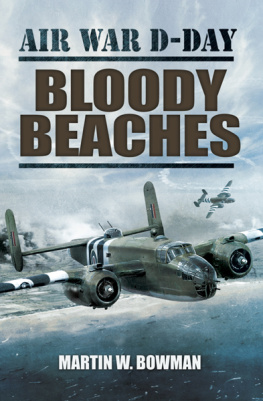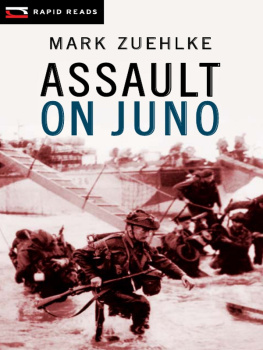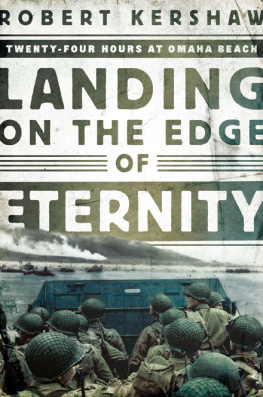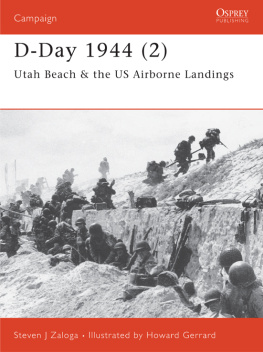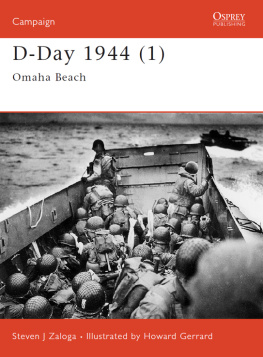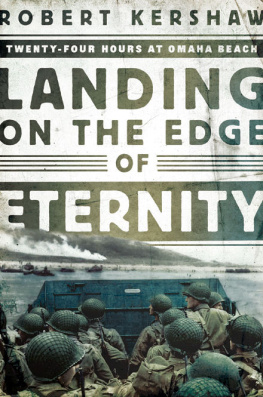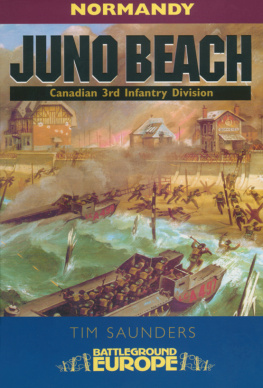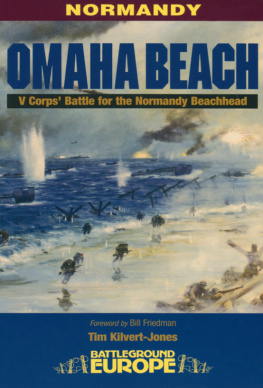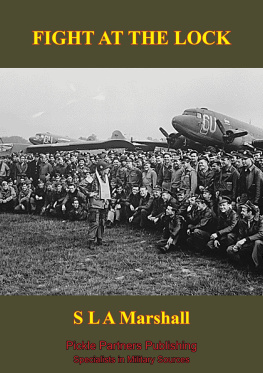Harold Baumgarten - D-Day Survivor: An Autobiography
Here you can read online Harold Baumgarten - D-Day Survivor: An Autobiography full text of the book (entire story) in english for free. Download pdf and epub, get meaning, cover and reviews about this ebook. publisher: Pelican Pub., genre: Non-fiction. Description of the work, (preface) as well as reviews are available. Best literature library LitArk.com created for fans of good reading and offers a wide selection of genres:
Romance novel
Science fiction
Adventure
Detective
Science
History
Home and family
Prose
Art
Politics
Computer
Non-fiction
Religion
Business
Children
Humor
Choose a favorite category and find really read worthwhile books. Enjoy immersion in the world of imagination, feel the emotions of the characters or learn something new for yourself, make an fascinating discovery.

- Book:D-Day Survivor: An Autobiography
- Author:
- Publisher:Pelican Pub.
- Genre:
- Rating:3 / 5
- Favourites:Add to favourites
- Your mark:
D-Day Survivor: An Autobiography: summary, description and annotation
We offer to read an annotation, description, summary or preface (depends on what the author of the book "D-Day Survivor: An Autobiography" wrote himself). If you haven't found the necessary information about the book — write in the comments, we will try to find it.
There was no way to anticipate the horrors of the holocaust that awaited us on the Dog Green sector. --Dr. Harold Baumgarten
Just as it was portrayed in the major motion pictures The Longest Day and Saving Private Ryan, the Dog Green sector of Omaha Beach was the smallest but most heavily defended part of Normandy Beach, only nine hundred yards long by three hundred yards wide at low tide. Considered an impregnable Atlantic wall, Omaha Beach was fortified by concrete walls, landmines, a twenty-five-foot seawall topped with mines and barbed wire, and a one-hundred-foot bluff.
It was the bravery and heroism of the 116th Infantry that made subsequent landings of the Twenty-ninth Division possible. In the face of heavy fire and despite suffering the loss of eight hundred men and officers, the 116th Infantry overcame beach obstacles, took the enemy-defended positions along the beach and cliffs, pushed through the mined area under heavy fire, and continued inshore to successfully accomplish their objective.
Dr. Harold Baumgarten, a multidecorated survivor, gives his eyewitness account of the first wave landing of the 116th Infantry on D-Day, June 6, 1944. As the spokesperson for soldiers who perished on the sand and bloody red waters of the Dog Green sector of Omaha Beach, Baumgarten feels it is his mission to make sure these men are never forgotten.
Harold Baumgarten: author's other books
Who wrote D-Day Survivor: An Autobiography? Find out the surname, the name of the author of the book and a list of all author's works by series.

